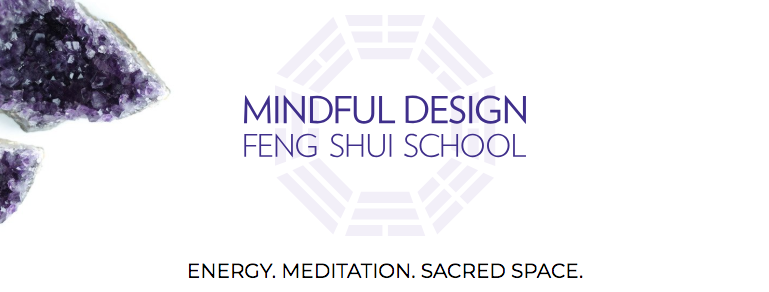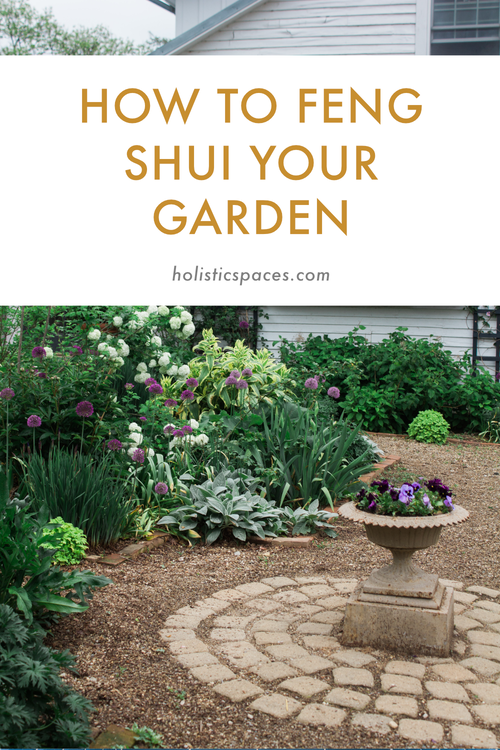Photo by Anjie Cho Architect PLLC
Anjie Cho was featured on Lonny
In February of last year, people were working at their offices for eight hours a day, commuting, and squeezing in happy hour sometime between it all.
Then the pandemic hit and those fleeting moments at home became constant. The commute was cut down to 30-second walks downstairs, the office now a dusty desk in some forgotten corner, happy hour within the confines of the kitchen. Home became everything, literally.
It's understandable that after being cooped up for so long, people started to see their space from a different perspective — and in turn, how important their physical environment really was.
“A lot of people think that their home is just where they hang their hat,” Feng Shui teacher and designer Anjie Cho explains. “But, in fact, your home is a symbol for you. It represents you, and you're interdependent and interconnected to your home environment.”
So, as people reckoned with this new reality, they turned to interior design — hoping to create more functional, comfortable, and restorative spaces to live in. In fact, while many industries struggled to gain footing during the pandemic, design studios saw an unusual surge.
.…read full article
If you’d like to learn more about feng shui, check out Mindful Design Feng Shui School at: www.mindfuldesignschool.com







